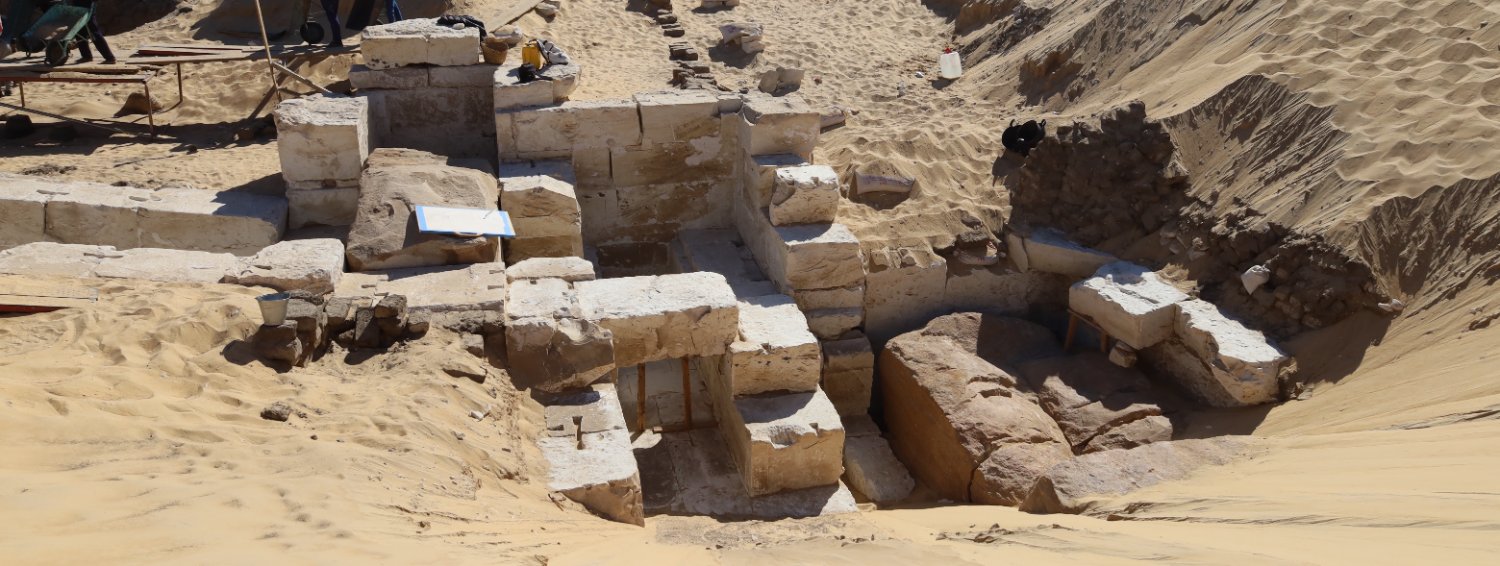
Archaeology Magazine
@archaeologymag
Archaeology Magazine tells the story of the human past through articles that explore the latest discoveries from around the world.
Excavations of Viking funeral ships found in the 1800s and 1900s in Scandinavia—including at Gjellestad, Norway (pictured)—and beyond, coupled with firsthand accounts of ancient rituals, are helping researchers understand the Viking funeral ceremonies. archaeology.org/issues/july-au…

In the Norwegian field of Kringkastingsjordet, archaeologists have discovered signs of a buried medieval Norwegian town known as Hamarkaupengen, thought to be founded in the 11th century and recorded in the 16th-century Chronicle of Hamar. archaeology.org/news/2025/07/1…
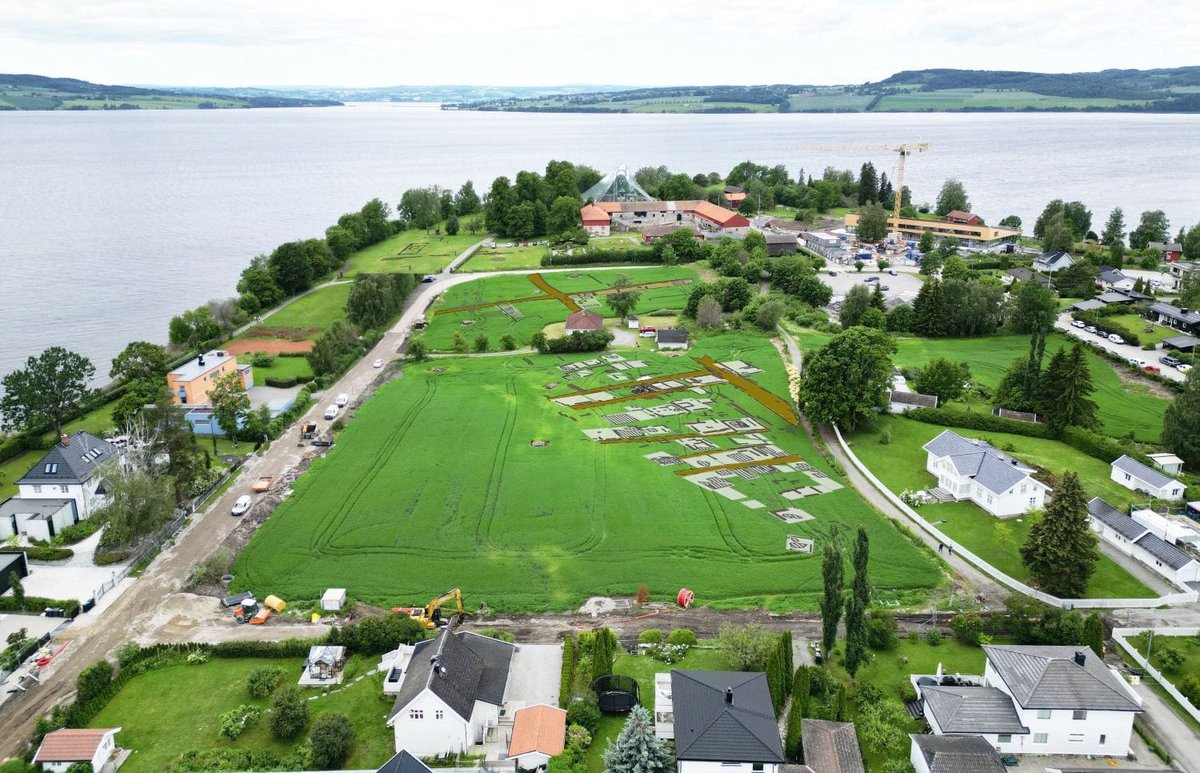
#OTD in 1952, Puerto Rico gained its own government as a U.S. commonwealth when its governor signed the first constitution into law. Read about cave markings etched on Mona Island by 12th-century indigenous Taino people and 16th-century Spaniards. archaeology.org/issues/january…

Outside the German town of Lauingen, archaeologists found the graves of 4 men buried with coins suggesting that they died during the Schmalkaldic War between Holy Roman emperor Charles V (r. 1519–1556) and the Protestant-allied Schmalkaldic Leagu. archaeology.org/issues/july-au…

In Azerbaijan’s Keshikchidagh State Historical and Cultural Reserve, a team of researchers unearthed a remarkable 1,800-year-old kurgan, or burial mound, belonging to an elite Bronze Age warrior holding a rare four-pronged bronze spear. archaeology.org/news/2025/07/2…
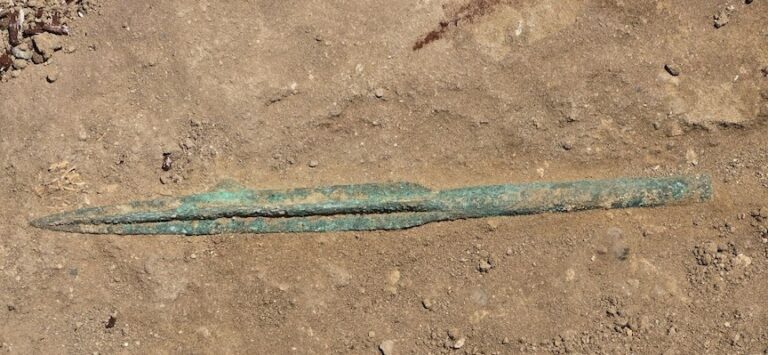
#OTD in 1783, Catherine II, or Catherine the Great, of Russia (r. 1762–1796), and Erekle II of eastern Georgia concluded the Treaty of Georgievsk. Read about the Cossack capital Baturyn that was absorbed into the Russian Empire in 1764 under the empress: archaeology.org/issues/septemb…
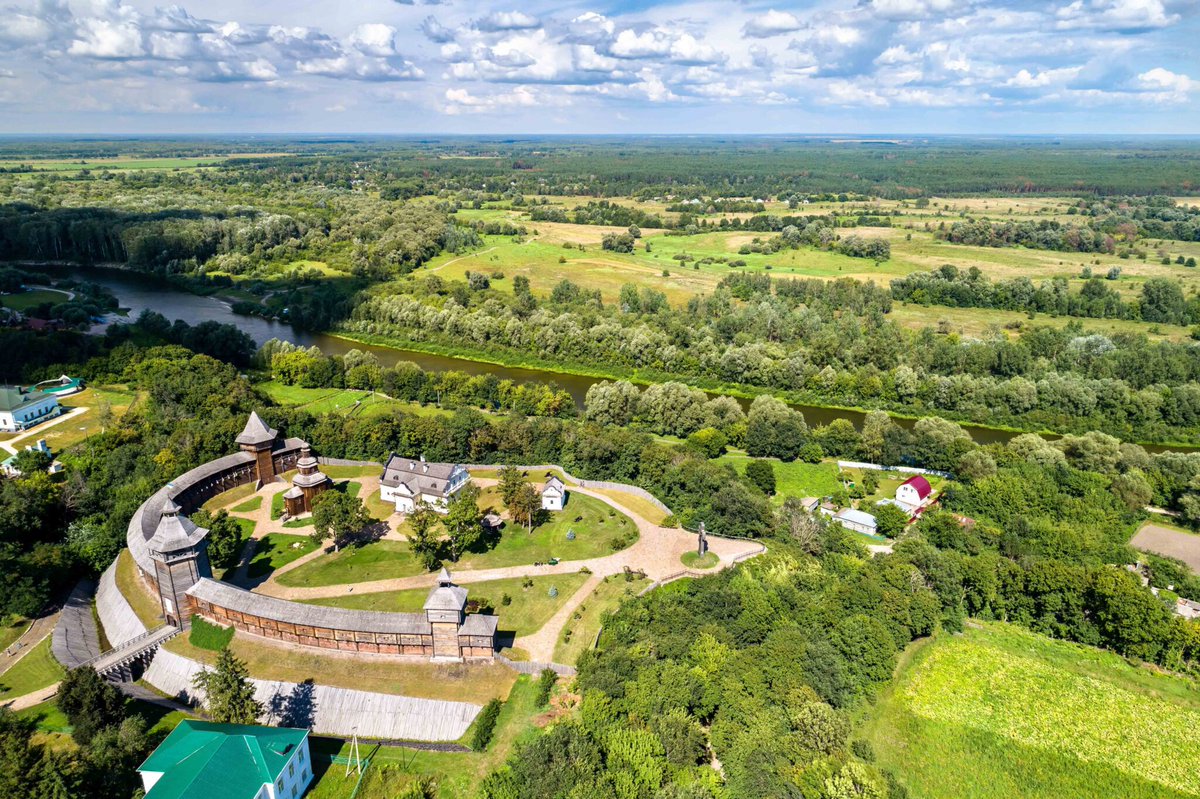
At Berlin’s Molkenmarkt, archaeologists uncovered 188 14th-century clay figurines of women with cavities containing bone splinters likely used as Christian reliquaries as well as statues, including a 15th-century white clay rendering of Saint Catherine. archaeology.org/issues/july-au…
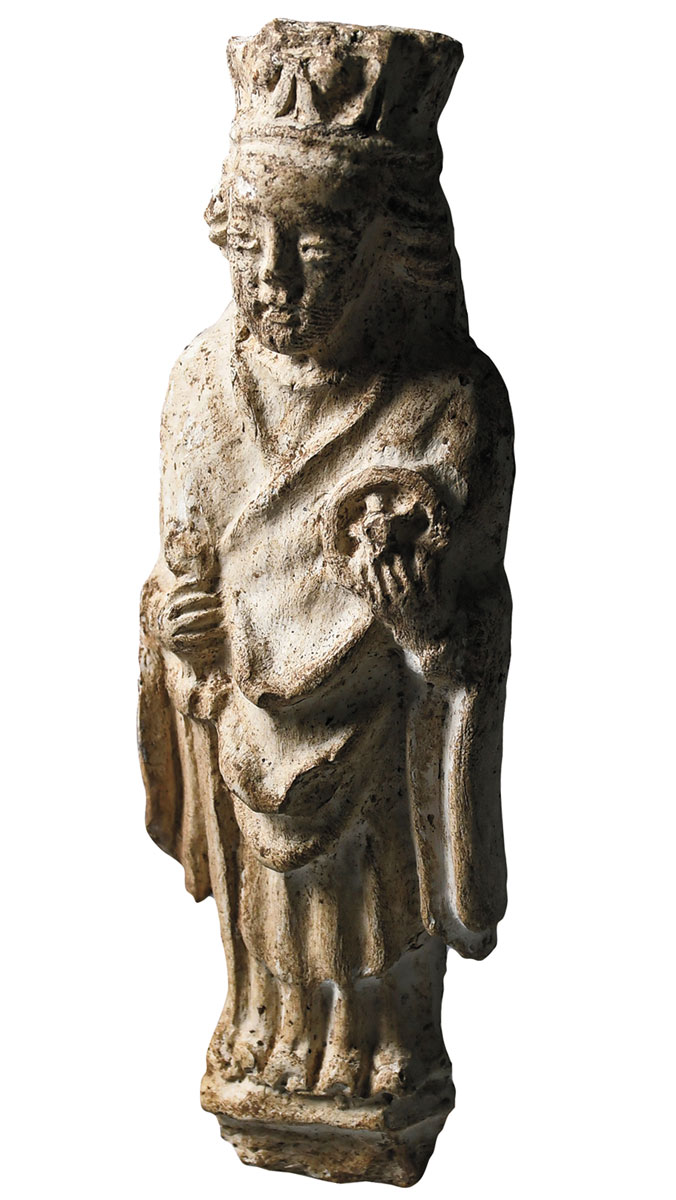
Within a low-oxygen clay deposit at the site of Gantangqing in southwestern China, archaeologists have discovered a collection of wooden tools that are between 250,000 and 361,000 years old—the oldest ever found in East Asia. archaeology.org/news/2025/07/1…
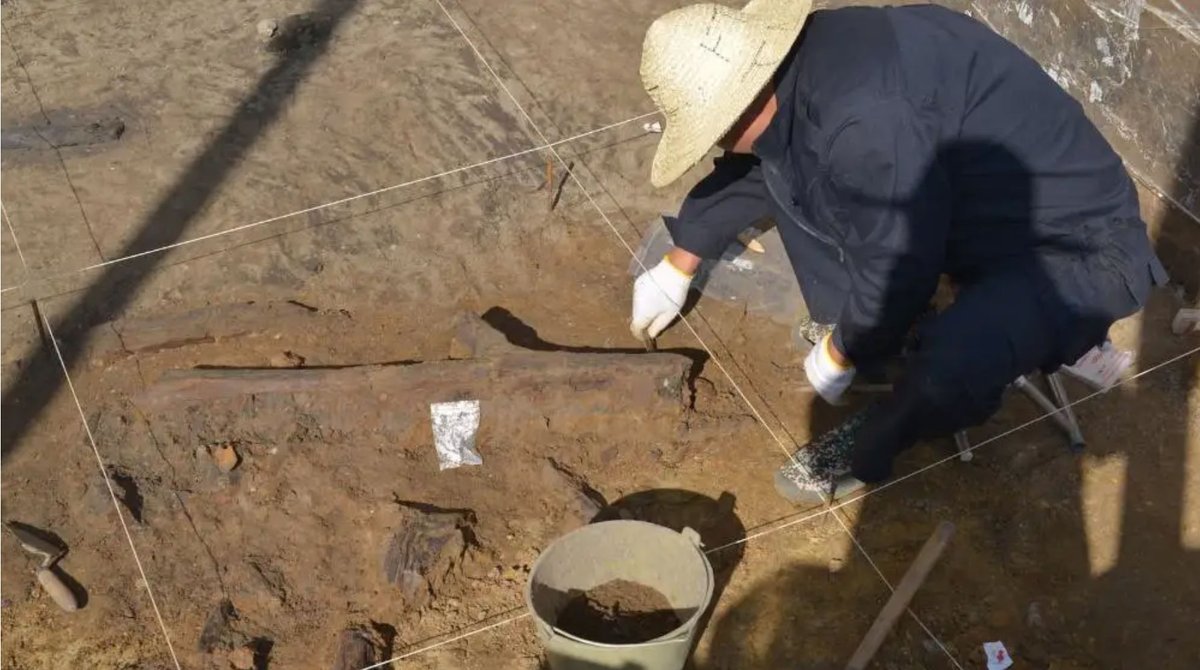
#OTD in 1885, general Ulysses S. Grant, who commanded the Union armies to victory in the American Civil War and later served as the 18th U.S. president, died at 63. Read more about Civil War archaeology, including this message in a bottle: archaeology.org/issues/online/…

Recent analysis of the remains of a person found in a Byzantine monastery near Jerusalem’s Old City and bound in iron rings—a type of self-inflicted punishment for Christian ascetic monks—has revealed the deceased to be a woman buried in 5th-century A.D. archaeology.org/issues/july-au…

At the Italian site of San Giuliano, a team has unearthed a rare intact and sealed Etruscan tomb, which dates to around 400 B.C, in a chamber shaped like a house holding four individuals lying on carved stone beds and surrounded by over 110 artifacts. archaeology.org/news/2025/07/1…
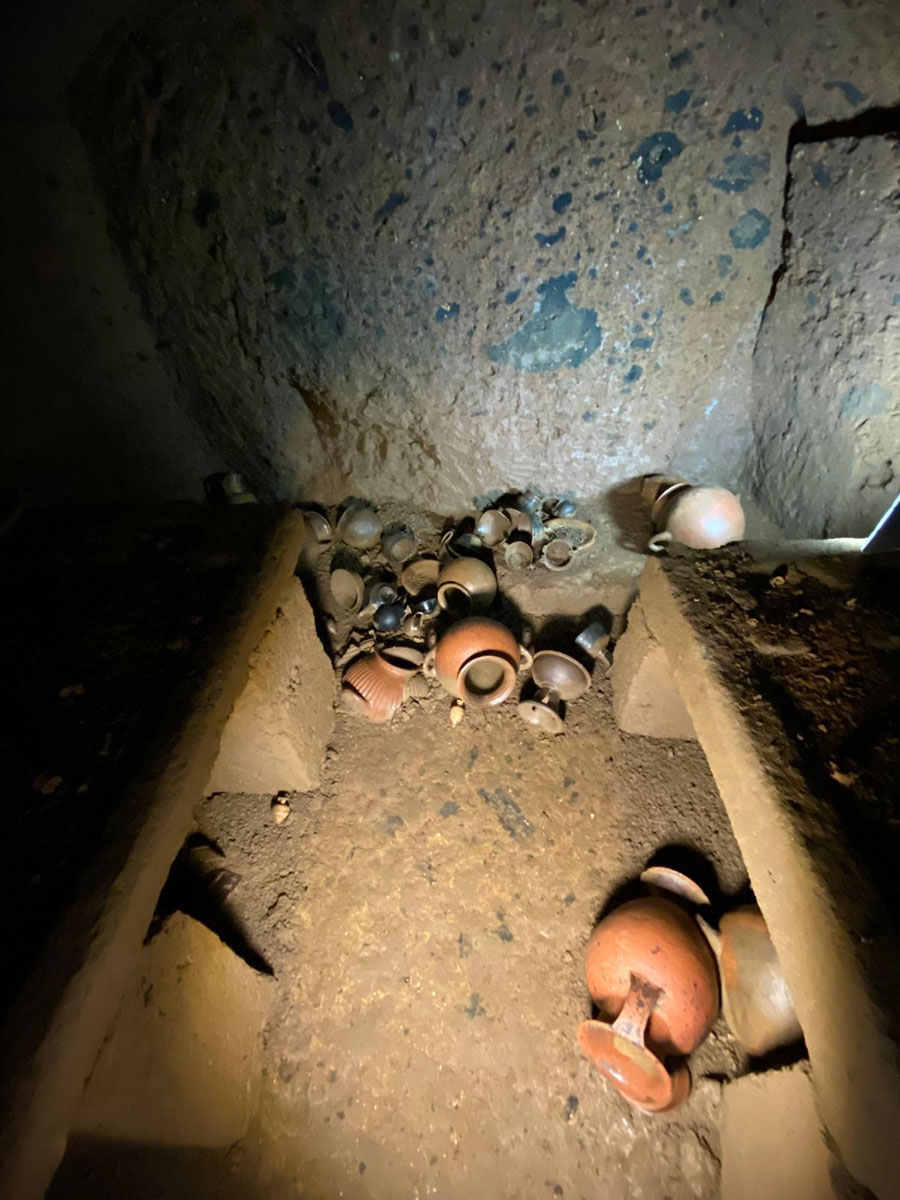
From the Archives: On the coast of Ghana, the complicated history of a 17th-century fortress that served as the hub of the transatlantic slave trade is being unearthed by descendants of the Euro-African community that lived there. archaeology.org/issues/novembe…
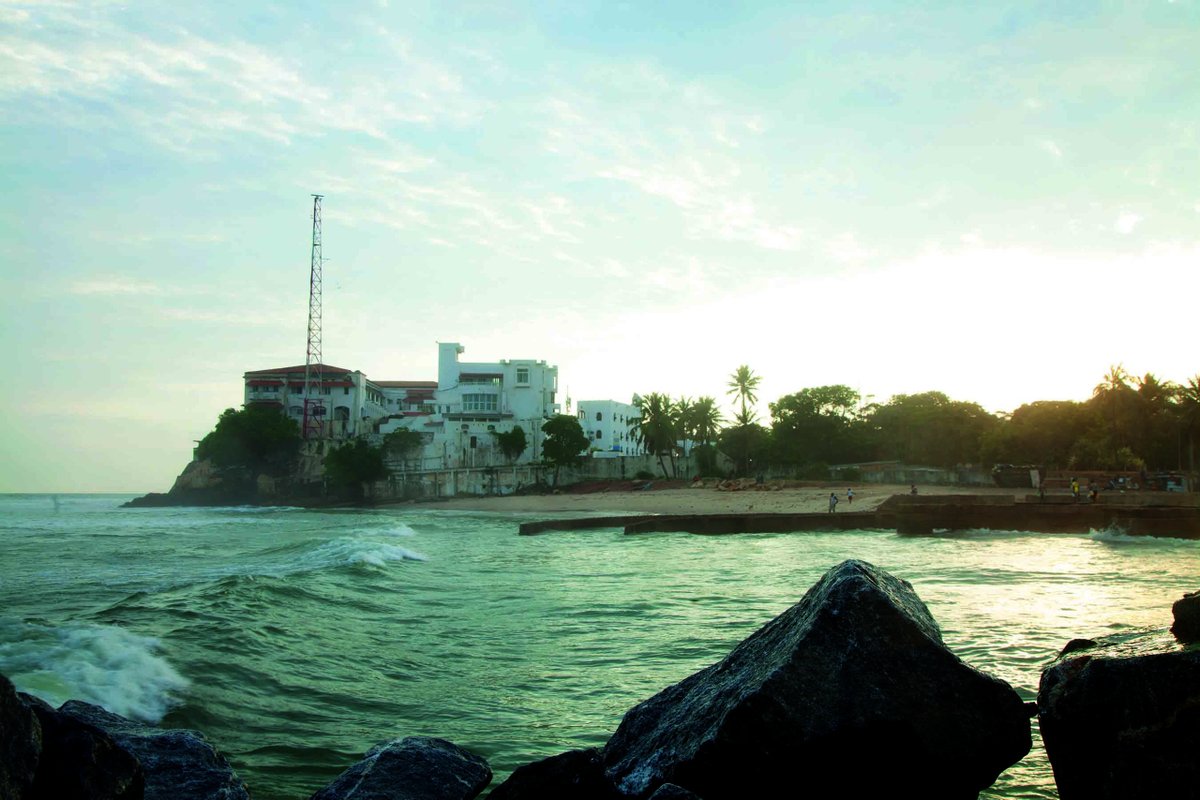
The Sacro Bosco, or Sacred Wood—an eccentric Italian Renaissance park created by Pier Francesco Orsini, the duke of Bomarzo, who lived from 1523 to 1583—contains several dozen imaginative sculptures inspired by mythology, literature, and ancient history. archaeology.org/issues/july-au…
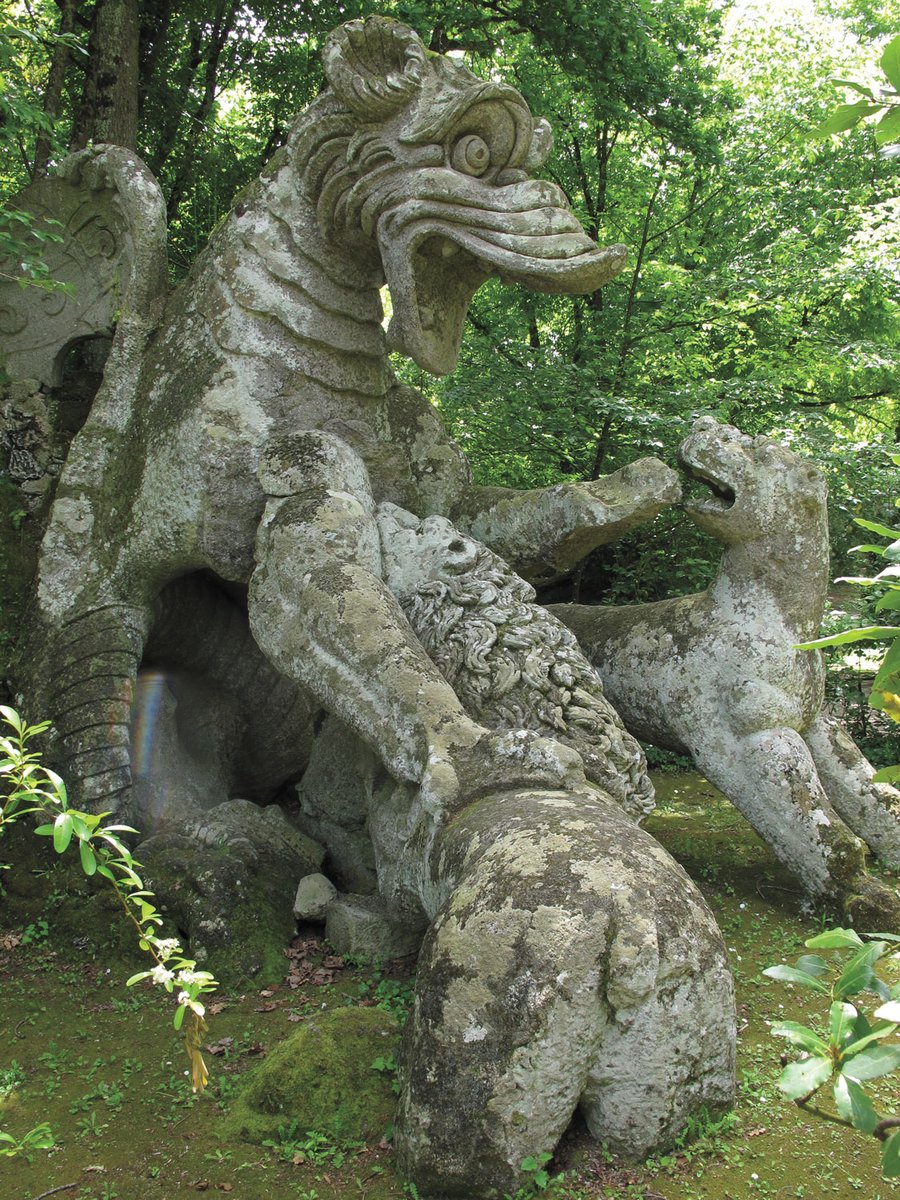
Recent analysis of 40,000 year-old artifacts made from red jasper, green chalcedony, and black chert, found at archaeological sites of Hlalakahle, Siphiso, Sibebe, and Nkambeni were sourced in Eswatini’s Mgwayiza Valley—as far as 60 miles away. archaeology.org/news/2025/07/1…
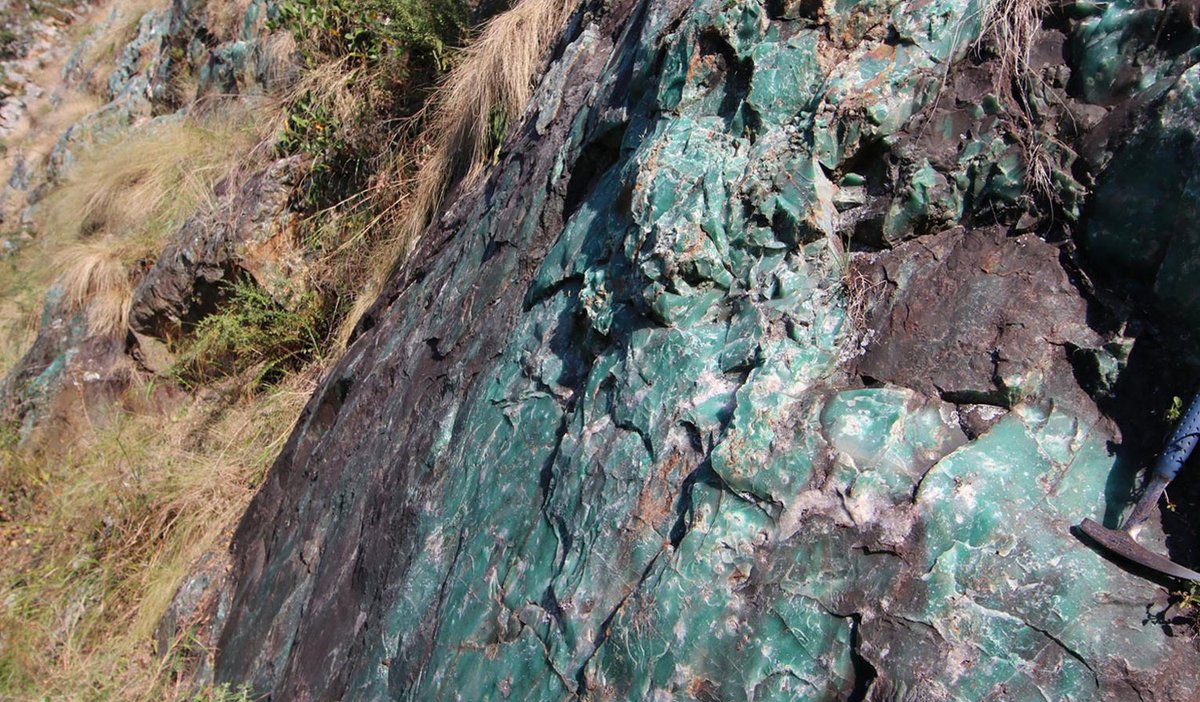
#OTD in 1924, high school teacher John T. Scopes was convicted for teaching Charles Darwin's theory of evolution. Read about the archaeology of the Galapagos, where the theory and subsequent book was inspired by the naturalist's 1835 trip: archaeology.org/issues/455-220…

In what’s now Belize at the site of Caracol, one of the Maya world’s largest and most important cities from during the 6th and 7th centuries A.D., researchers have discovered the tomb of the city’s very first ruler, a man named Te K’ab Chaak. archaeology.org/news/2025/07/1…
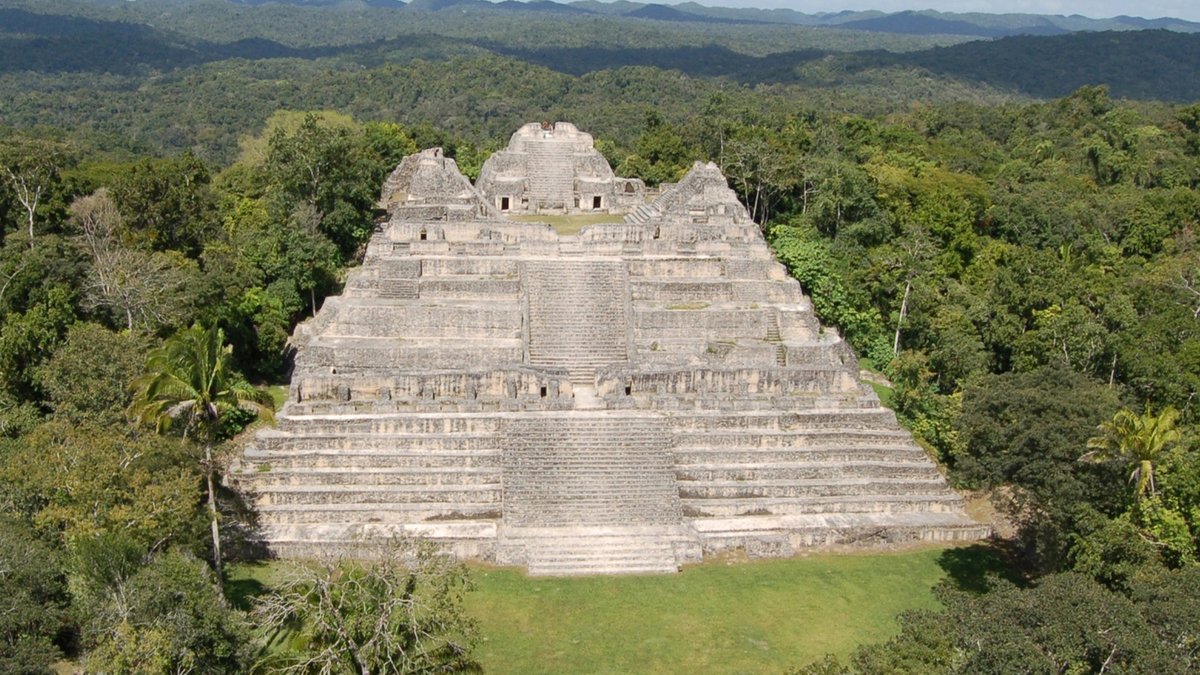
Near Aswan in Egypt’s Lower Nile Valley, a rock art panel depicting styles worn by 1st Dynasty royalty was likely made at the end of the 4th millennium B.C., when Egypt was transitioning into a unified kingdom under the first pharaoh. archaeology.org/news/2025/07/1…
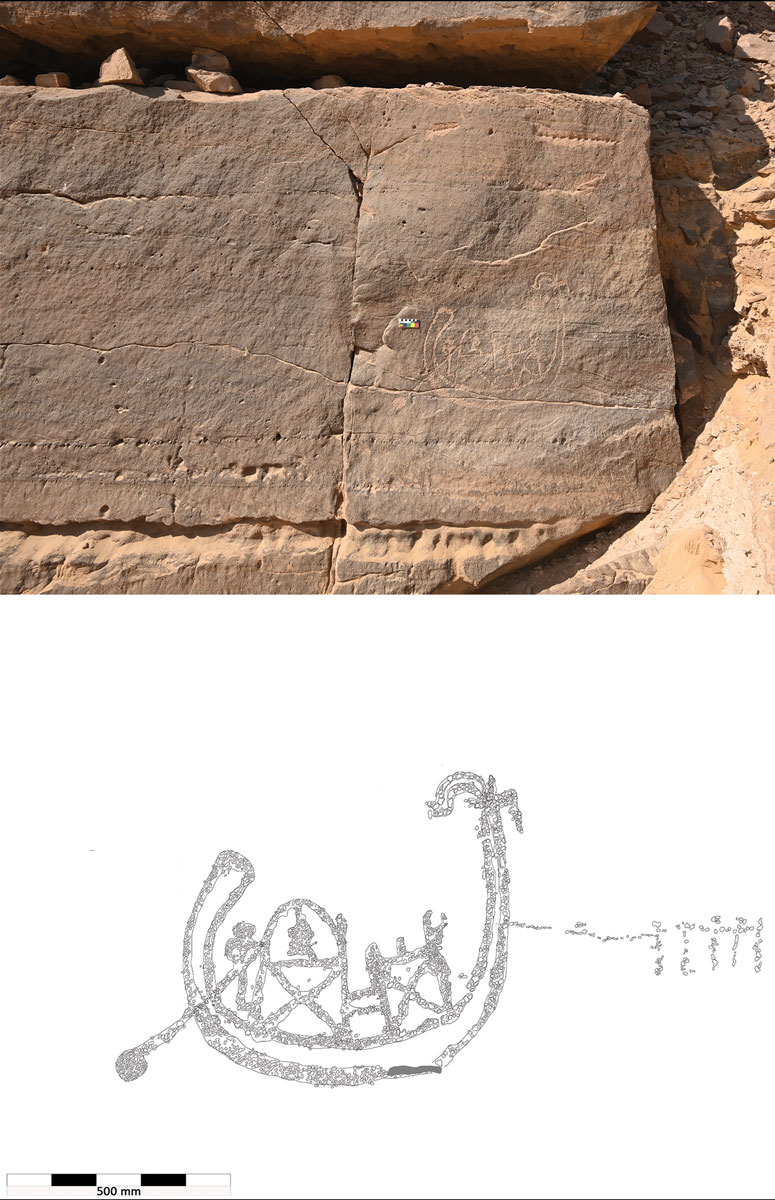
At Chlapowski Landscape Park in Wyskoć, Poland, a team located two monumental triangular structures referred to as “Polish pyramids,” which served as burials of high-ranking members of the Funnelbeaker culture some 5,500 years ago. archaeology.org/news/2025/07/1…
